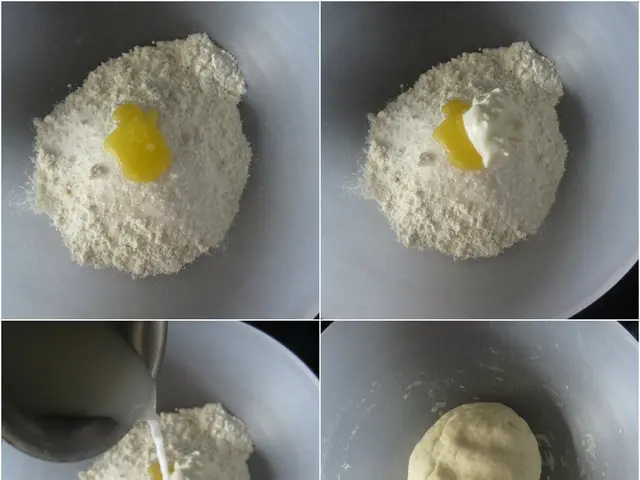Unveiling Hidden Health Boosters: Phytonutrients - Nature's Unseen Wellness Aids
C'mon now, let's dive into the juicy world of phytonutrients, nature's secret sauce for kickin' ass health! These baybehs are bioactive compounds that plants produce to protect themselves from threats like UV rays, insects, and diseases. And y'all better believe they have some cray cray benefits when we humans consume 'em.
Phytonutrients are found in colorful plant foods like fruit, veggies, nuts, seeds, herbs, spices, and whole grains. They're categorized based on their chemical structure and function, such as flavonoids, carotenoids, phenolic acids, glucosinolates, saponins, and phytoestrogens. These bad boys work together to protect our cells, reduce inflammation, and combat oxidative stress.
So, let's talk bout each type eh?
Flavonoids:
A diverse group of phytonutrients with antioxidant and anti-inflammatory properties. They're found in berries, veggies, tea, and even choc. Flavonoids help reduce the risk of heart disease, support brain health, and lower the risk of certain cancers.
Carotenoids:
Pigments responsible for the red, orange, and yellow colors in fruits and veggies. They are potent antioxidants and precursors to vitamin A. Regular consumption can help prevent age-related macular degeneration, reduce the risk of certain cancers, and promote skin vitality.
Phenolic Acids:
These mother-fuckin' antioxidants are found in coffee, berries, and whole grains. They help reduce inflammation, combat oxidative stress, and support cardiovascular health.
Glucosinolates:
Sulfur-containing compounds found in cruciferous veggies like broccoli, cauliflower, and Brussels sprouts. These bad boys have cancer-preventive properties, as they help detoxify harmful substances and reduce oxidative damage in cells.
Saponins:
Plant compounds found in legumes like beans, lentils, and peas. They have cholesterol-lowering effects, support immune function, and exhibit anti-cancer properties by inhibiting tumor growth and promoting apoptosis (programmed cell death).
Phytoestrogens:
These plant-based compounds mimic estrogen in the body. They’re abundant in soy products, flaxseeds, and sesame seeds. They can help balance hormones, reduce symptoms of menopause, and lower the risk of hormone-related cancers like breast and prostate cancer.
The health benefits of these bad boys are impressive as fuck. They offer antioxidant protection, anti-inflammatory effects, cancer prevention, heart health, immune system support, and improved brain health. So, eat the rainbow and get your daily dose!
Delve deeper into the health benefits of phytonutrients, which can be sourced from colorful plant foods such as fruits, vegetables, nuts, seeds, herbs, spices, and whole grains. For instance, flavonoids, found in berries, veggies, tea, and even chocolate, help reduce the risk of heart disease, support brain health, and lower the risk of certain cancers. Intriguingly, carotenoids, responsible for the red, orange, and yellow colors in fruits and vegetables, are potent antioxidants and precursors to vitamin A, aiding in the prevention of age-related macular degeneration and reducing the risk of certain cancers.
Moreover, phenolic acids, found in coffee, berries, and whole grains, demonstrate anti-inflammatory properties by reducing inflammation and supporting cardiovascular health. Glucosinolates, found in cruciferous vegetables, boast cancer-preventive properties as they aid in detoxification and reducing oxidative damage in cells. Saponins, sourced from legumes, have cholesterol-lowering effects, support immune function, and exhibit anti-cancer properties by inhibiting tumor growth and promoting apoptosis (programmed cell death). Lastly, phytoestrogens, abundant in soy products, flaxseeds, and sesame seeds, can help balance hormones, reduce symptoms of menopause, and lower the risk of hormone-related cancers like breast and prostate cancer. Embrace a health-and-wellness lifestyle by consuming a nutrient-rich diet that encompasses a rainbow of colors for optimal health benefits.








